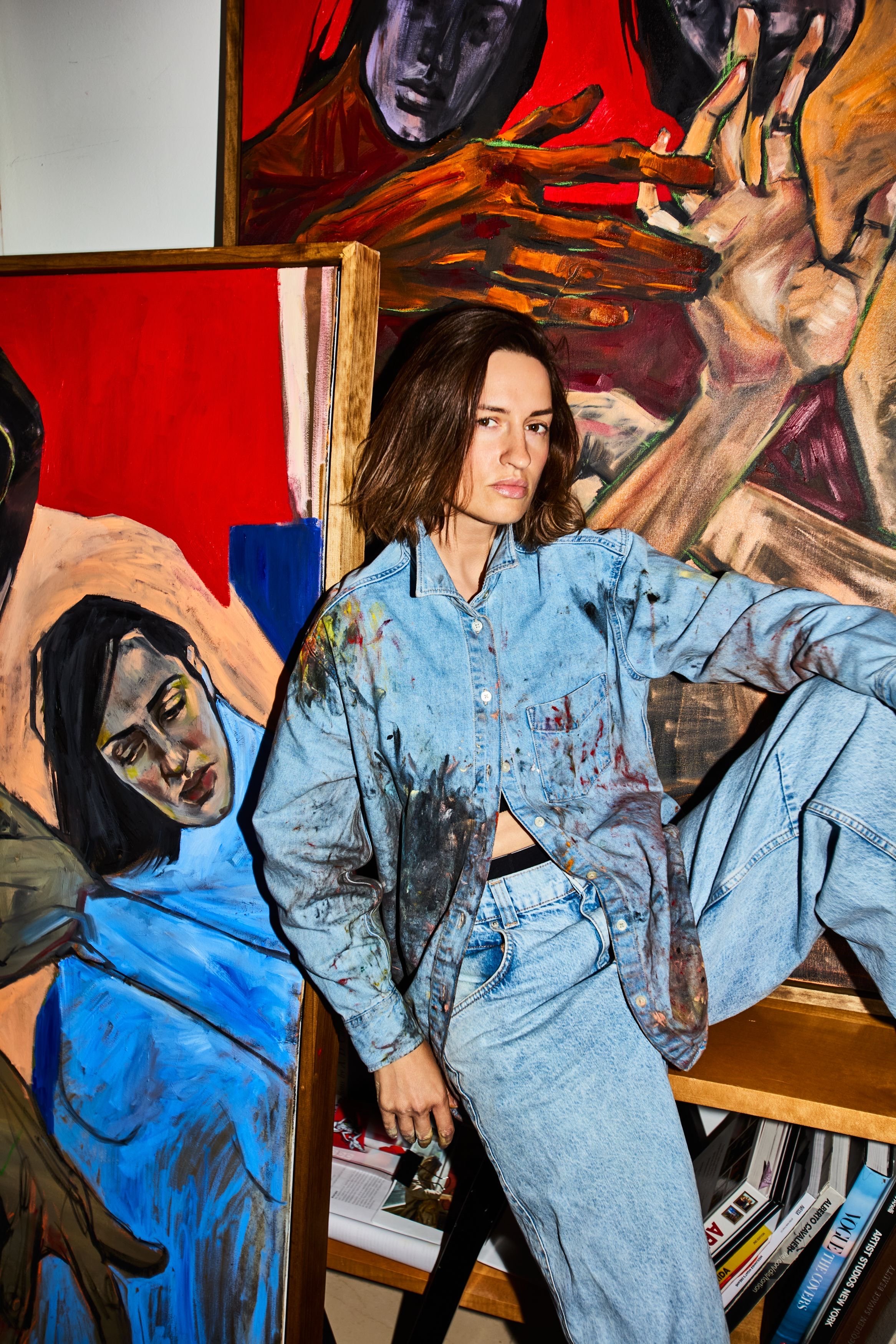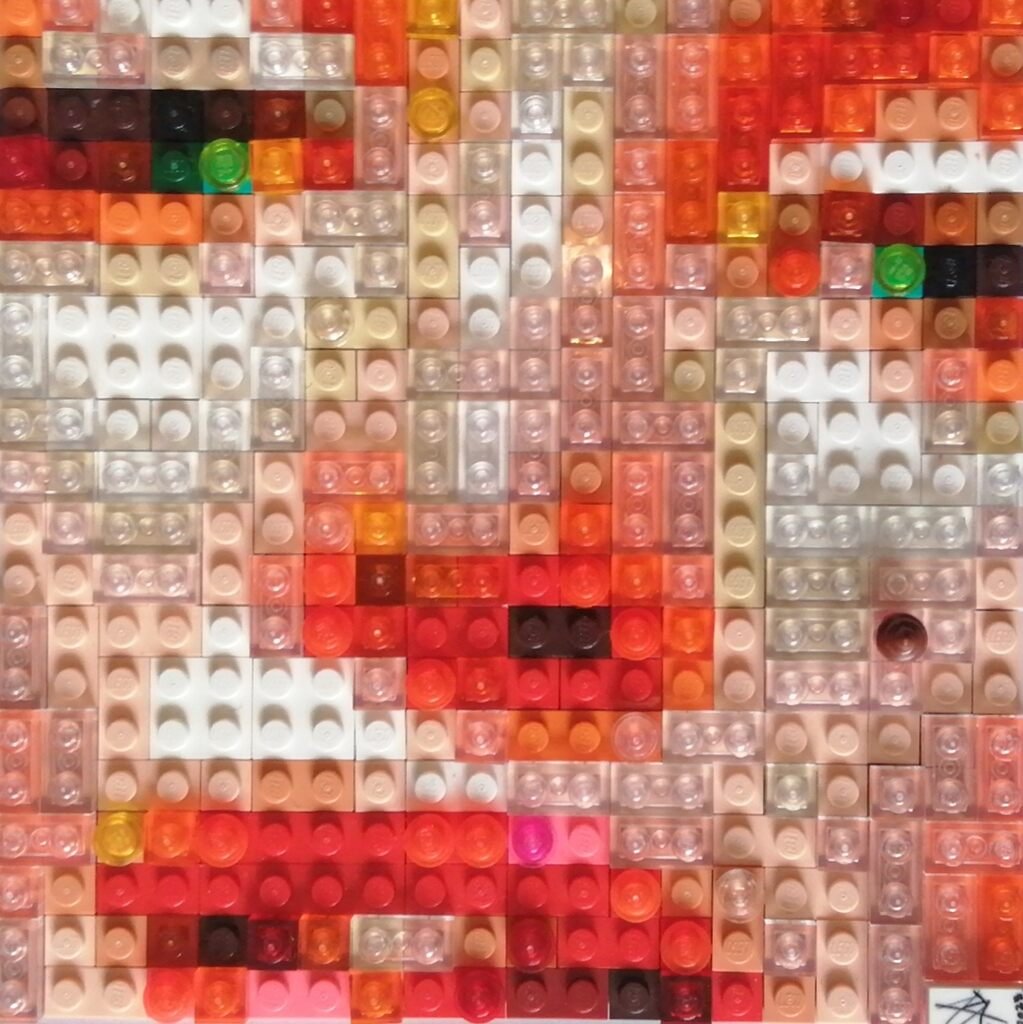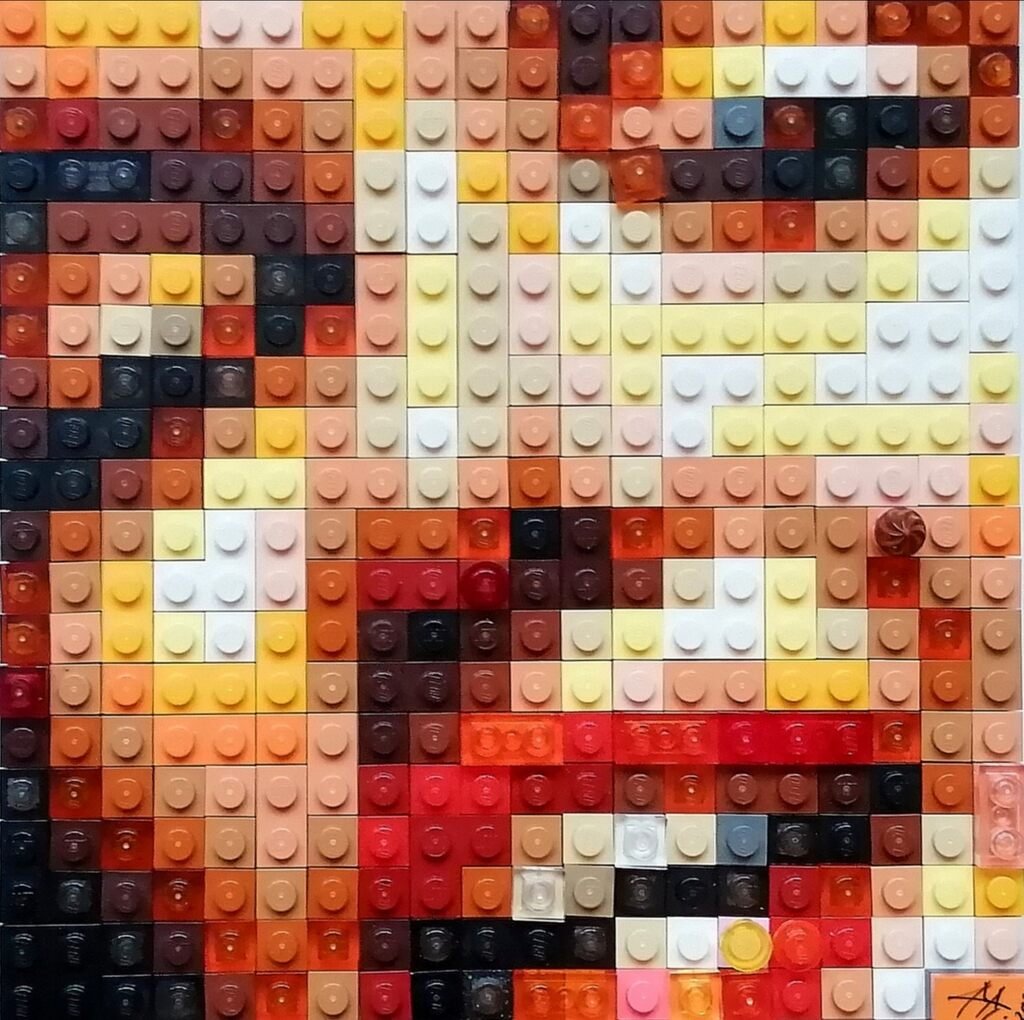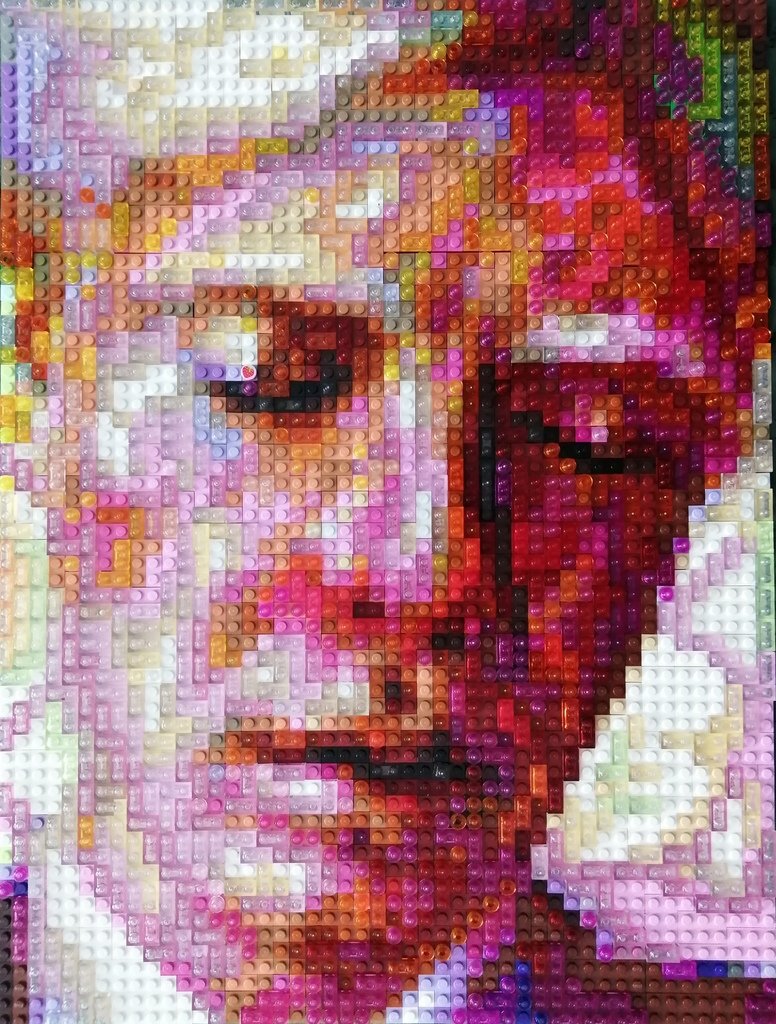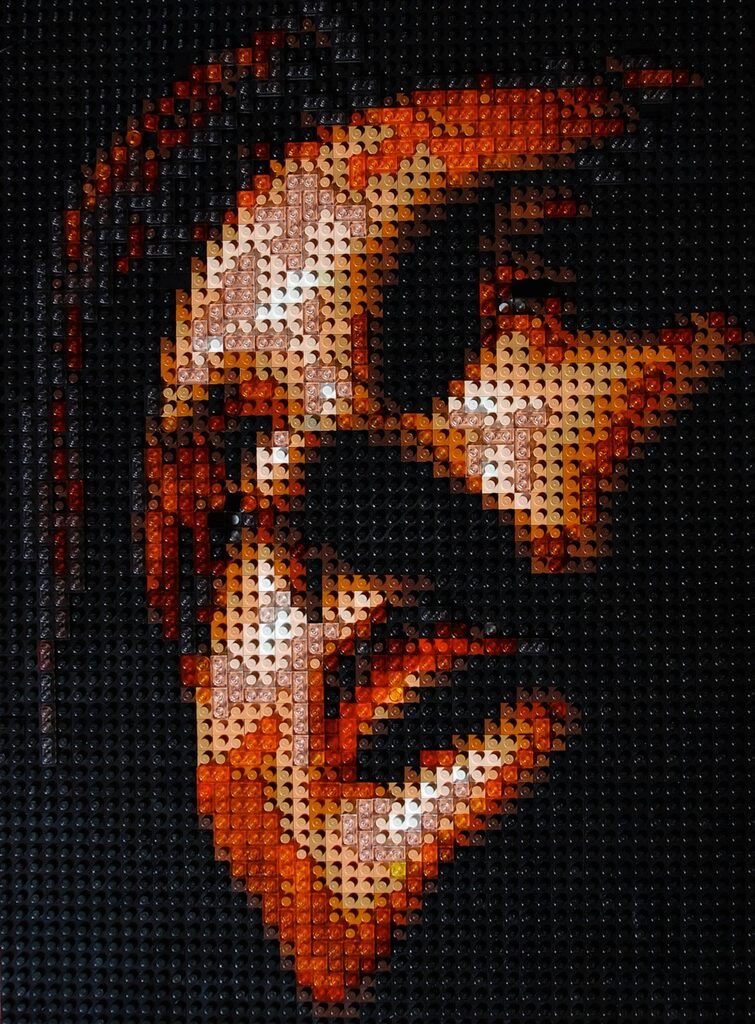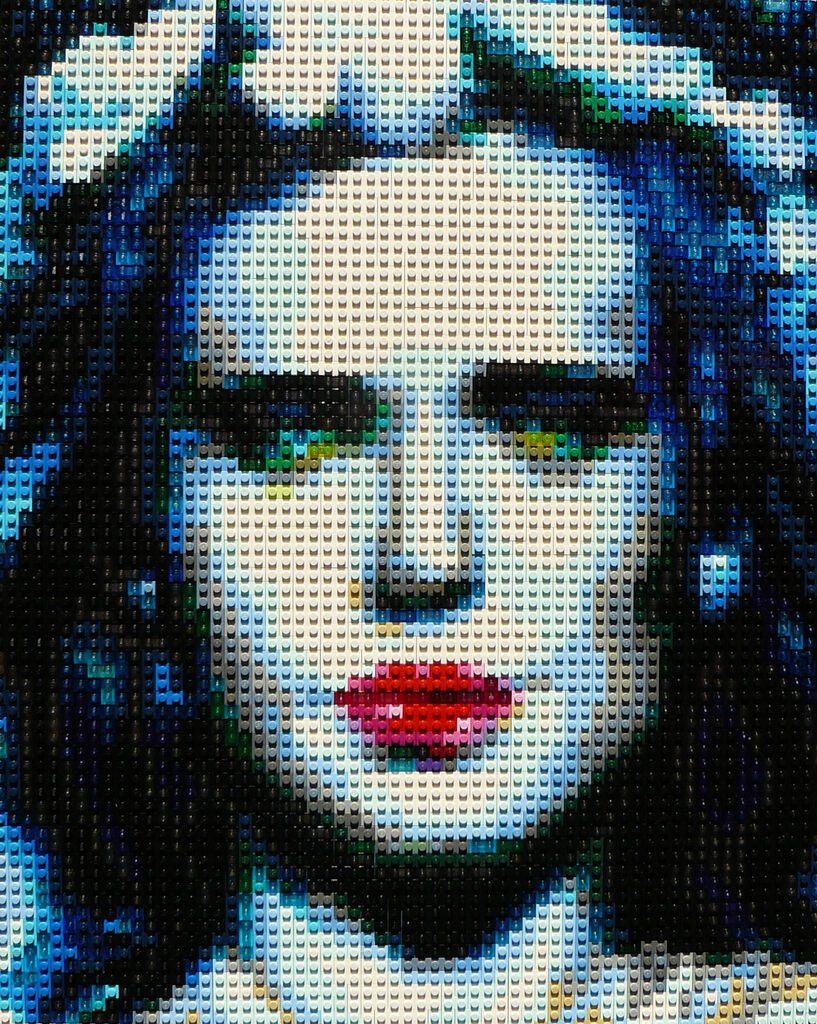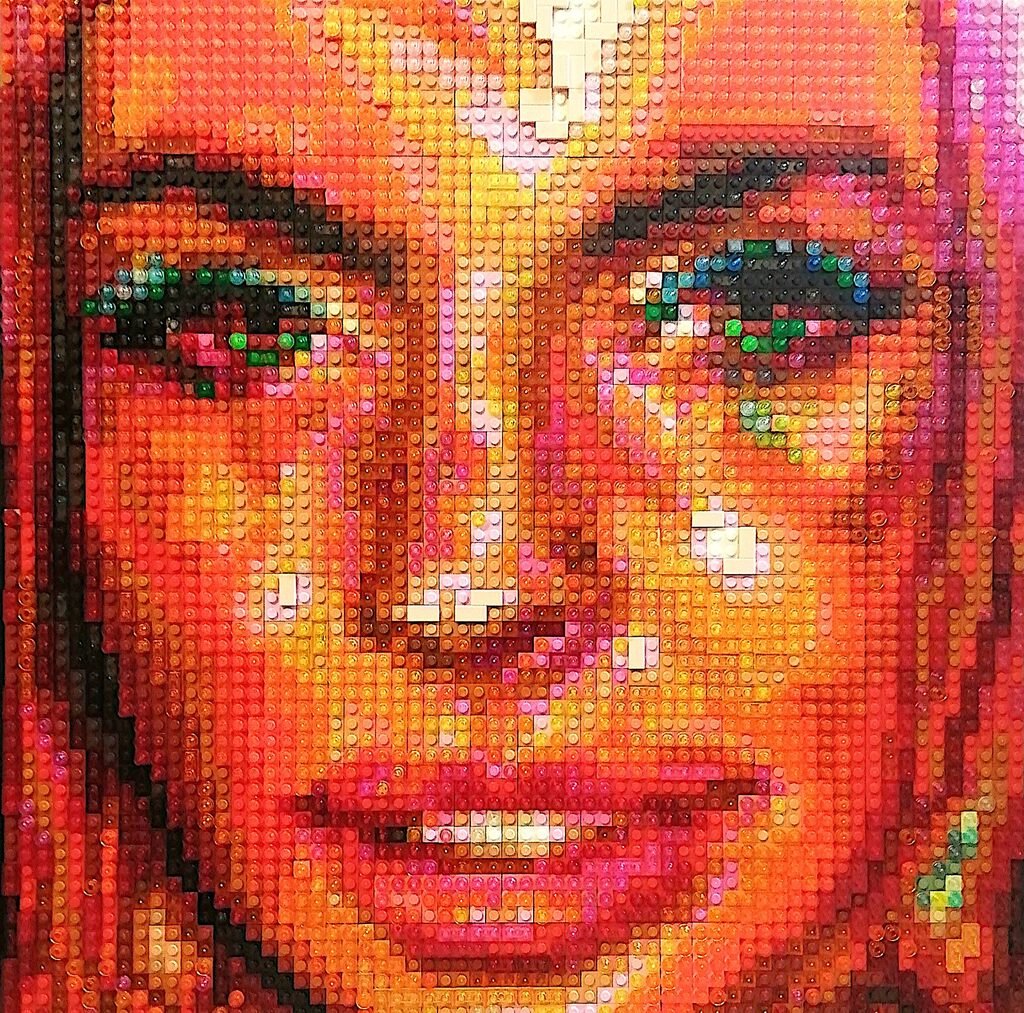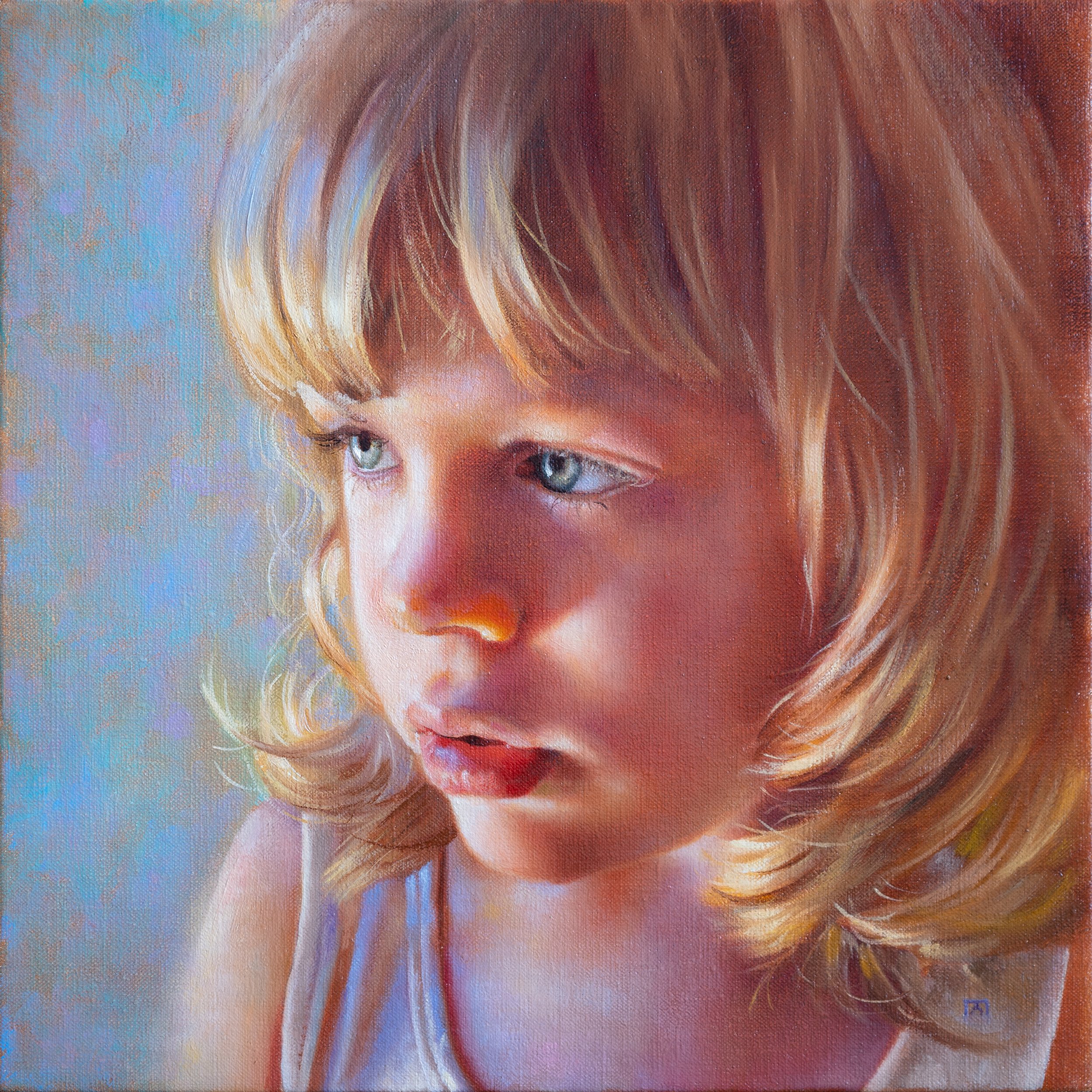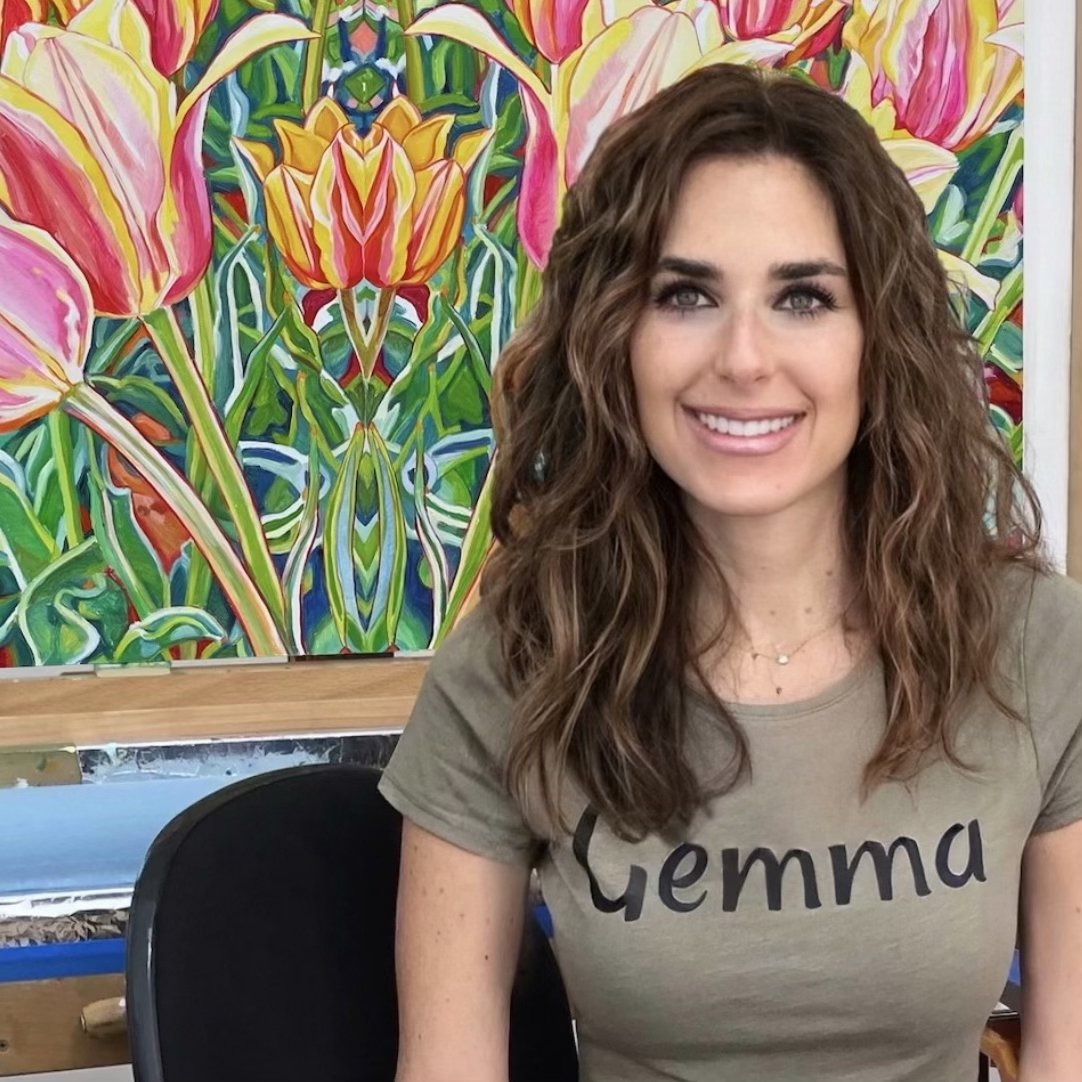Liora Redman is a contemporary artist whose journey is as evocative as her work. Born in 1986 in Zelenokumsk, Russia, she spent her early years amidst the vast silence and expansive skies of rural Kazakhstan—a landscape that continues to imbue her art with a quiet power and introspection.
Now Miami-based, Redman employs her distinctive visual language to explore themes of identity, womanhood, single motherhood, and queer expression, using intimate self-portraits and bold canvases that reflect both personal and universal narratives. Her artistic path has taken her from Eastern Europe to Moscow, where she set out at age 17 to pursue her creative dreams, and later to New York City in search of unfettered expression.
This journey—marked by the challenges of societal expectations and the liberation found through art—has culminated in works that are both emotionally rich and visually arresting. Redman’s oeuvre resonates with those who appreciate art that reflects resilience and the continuous quest for self-discovery. Beyond her evocative personal expression, Redman has carved out a significant presence in the art world where collectors and art enthusiasts discover her unique narratives distilled into every brushstroke. Her work is a testament to the power of art as a means to transform personal struggles into universal dialogue.




